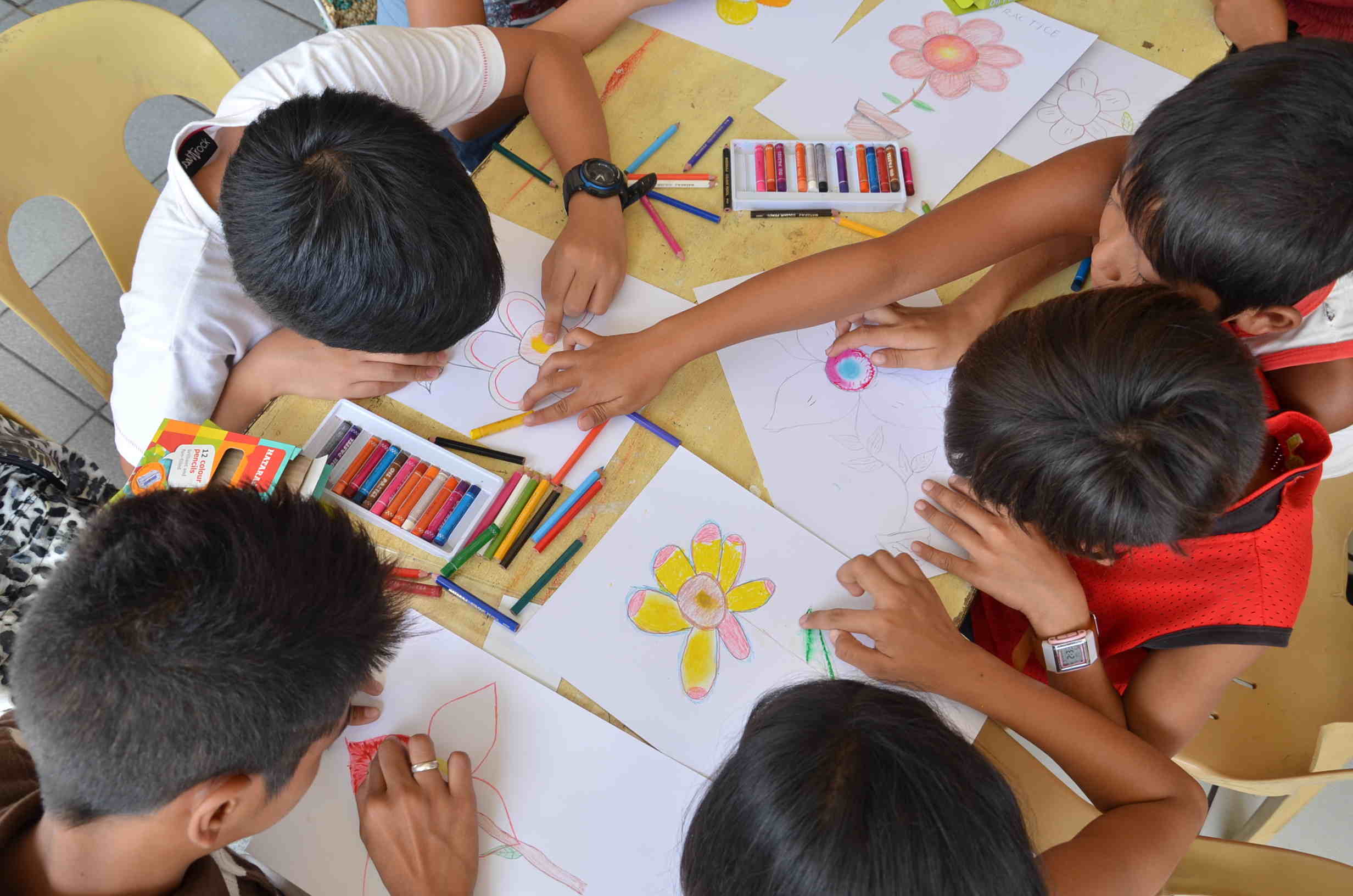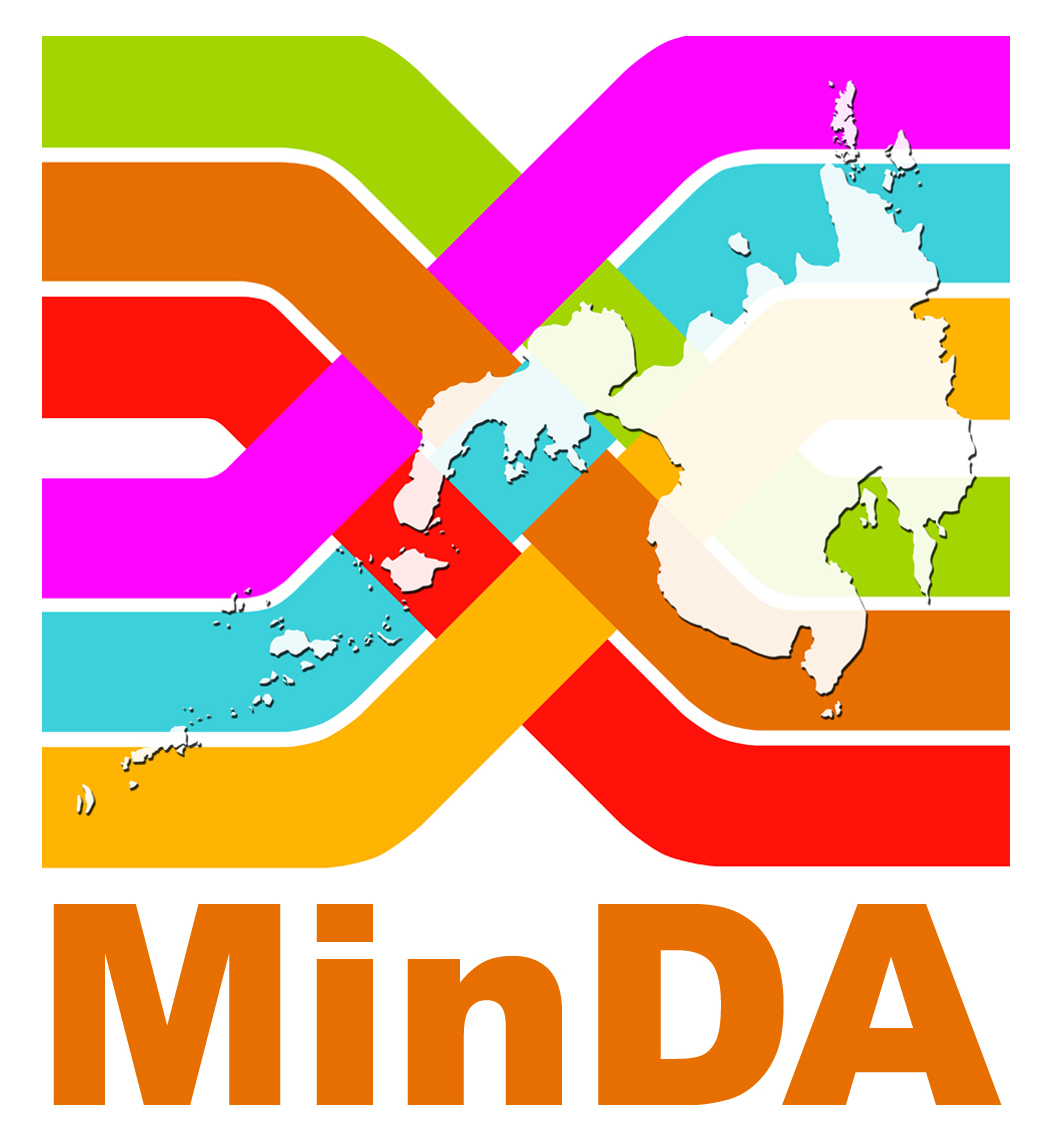Child Protection
Socioeconomic Issue in Spotlight

Despite being vulnerable members of the population, children are often excluded from policy decisions. Their future is often left in the hands of adults, yet their lives are deeply impacted by the choices made by the adults in society.
The country observes National Children’s Month every November pursuant to Republic Act 10661 of 2014. It aims to promote the rights and well-being of Filipino children and raise awareness about the issues they face.
The United Nations Interagency Group for Child Mortality Estimation reported that in 2021, approximately 5 million children did not reach their fifth birthday, while an additional 2.1 million children and youth aged 5 to 24 years lost their lives. In the Philippines, over 60,000 children each year lose their lives before reaching the age of five due to complications arising from premature birth, childbirth issues, and infectious diseases. Additionally, more than 25,000 babies are stillborn annually.[1]
The first 1,000 days are a critical stage for a child’s development. Proper nutrition plays a crucial role in shaping children’s future. A World Bank report places the Philippines fifth in the East Asia and Pacific region with the highest prevalence of stunting and is among the world’s top 10 countries with the most stunted children.[2]
Quality nutrition is not the sole determinant of children’s development; mothers' health and education play pivotal roles. At the recent SERP-P knowledge-sharing forum on the theme “Nourishing Our Future through Food Security and Nutrition”, PIDS Senior Research Fellow Valerie Ulep revealed that the quality of prenatal care, the diet of the children, and the health and education of mothers all contribute to the large gap in stunting between poor and nonpoor Filipino children. This dispels the notion that nutrition is solely a function of food availability.
Ulep et al. (2023) revealed that the substantial socioeconomic gap in stunting prevalence is the outcome of many factors, such as maternal nutrition and education, the quality of care during pregnancy and after childbirth, and the diet of children aged 6-23 months. To address stunting, he suggested a holistic approach, encompassing improving access to healthcare for impoverished women, addressing teenage pregnancies, enhancing maternal education for better nutrition awareness and economic prospects, extending social health insurance to offer broader support for low-income families, and reinforcing the primary healthcare system for better access to essential health and nutrition services for mothers and children.
In addition, child labor remains a concerning issue in the Philippines. It deprives children of their right to education and a secure life. In 2022, the Philippine Statistics Authority reported 1.48 million working children or 4.7 percent of the total population of children aged 5 to 17 years old—higher than the proportions in 2020 (2.8%) and 2021 (4.3%). Of the total number of working children in 2022, boys outnumbered girls at 59 percent, or 868,000, while girls totaled 610,000, or 41 percent.[3]
Economic necessity drives many children into the labor force. Tabuga et al. (2014) revealed that most working children had to work to help their families financially because they were poor. This meant they missed going to school, making it harder for them to secure better jobs in the future. Relatedly, Aldaba et al. (2004) discovered that children's vulnerability increases the likelihood of them being drawn into the worst kinds of child labor, such as slavery, prostitution, illegal drug-related activities, and exposure to dangerous situations.
Dumalaog and Castillo (2019) noted that historically, children have been and still are part of the agricultural workforce. Factors that push children to work in agriculture are family poverty, lack of access to education, lack of employment opportunities and decent work for adults, and cultural traditions. Children usually help in tending their family-owned farms or assist their parents who work in large plantations. To protect child workers, the authors recommended studying the supply chain and identifying safer task options for children. With proper guidance, supervision, training, and protective gear, those low-risk activities can be safe for them. They proposed developing a positive list of work allowed for children, especially in agriculture, which can help identify tasks that will not compromise their health and development.
It is our collective responsibility as a society to prioritize the protection and well-being of children, ensuring they have a bright and secure future.
The Socioeconomic Research Portal for the Philippines (SERP-P) has resources about children. Below are some of them:
- Nourishing Our Future through Food Security and Nutrition
- The Determinants of Socioeconomic Inequality and the Trajectory of Child Stunting in the Philippines
- Child Poverty in the Philippines
- A National Policy Study on Child Labour and Development in the Philippines
- Non-Hazardous Activities for Children: The Case of Banana and Sugarcane Supply Chains
For more studies, simply type “children”, “child labor”, and other related keywords in the Search box of the SERP-P website.
[1] https://www.unicef.org/philippines/press-releases/child-or-youth-died-once-every-44-seconds-2021-un-report (accessed on October 23, 2023)
[2] https://www.worldbank.org/en/country/philippines/publication/-key-findings-undernutrition-in-the-philippines
[3] https://batangmalaya.ph/wp-content/uploads/2023/08/Special-Release-on-Working-Children-2020-2022.pdf (accessed on October 23, 2023)


